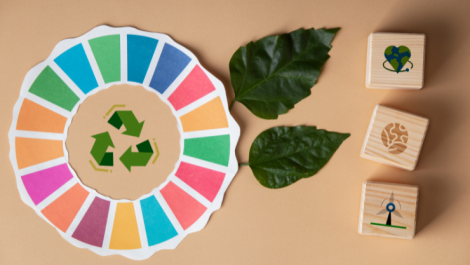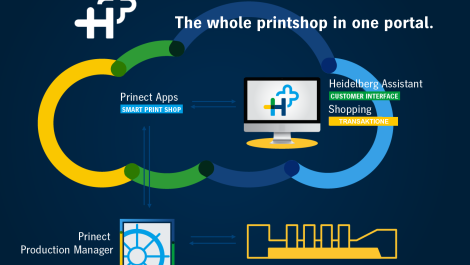The weekly Verdigris blog by Laurel Brunner
The first ever United Nations Environmental Assembly (UNEA) recently took place in Kenya’s capital, Nairobi. This was a lofty affair, attracting environmental ministers from over 180 countries, plus officials from governments and public bodies, economists and others to talk about saving the planet. Again.
Numbering some 1200 people, they discussed a range of problems, such as the illegal trade in wildlife, and sustainable consumption and production. High on the list was environmental rule of law, which energy intensive industries such as printing should take an interest in. Regulation is coming one way or another, that much is clear.
Alongside the summit ran the roving Sustainable Innovation Expo, organised by Climate Action, an NGO that works in partnership with the United Nations Environment Programme (UNEP). Participation in this little show is limited to private sector companies and is by invitation only. UNEA says the Expo provides: “multinationals and niche providers an unsurpassed platform for engagement, lobbying and networking at the highest possible levels of influence”. Super swanky networking, so over the five years the Sustainable Innovation Expo has been running, it might have been making a difference.
This year’s participants included some massive companies, but some of their innovations were pretty disappointing. For instance Avaya showed a streaming technology for video conferencing and reducing the need for business travel. What a yawn: surely one of world’s biggest IT companies could have come up with something a bit more original and exciting? Siemens gets our vote for best in show. It presented a hybrid power system that combines renewable energy technologies with fossil fuel power generation that can work off grid. There was no real blockbuster though. Lots on solar and wind energy. Lots on recycling and water management. But nothing on emerging technologies such as the thorium fuel cycle for use in nuclear power plants, but without the dangers. And nothing on energy storage for renewables.
The environmental problems facing us seem to get bigger and bigger so what a shame there wasn’t more truly amazing stuff. It was also a shame that this event didn’t get more widespread coverage in the press. Maybe coming up with globally relevant and profitable environmental innovations is much harder than it looks. Or maybe what was on show was the best they could find. In the end these things usually come down to money and influence. Little businesses are lost in the cracks and the massive machine that is the UN and its cohort lacks the mechanisms for finding true innovations. Perhaps that is where the problem lies: all those layers of distractive fat. Did they consider this when financing the green economy was discussed at UNEA?
http://verdigrisproject.com/blog/making-a-difference-is-harder-than-it-looks
This article is part of the Verdigris series of stories about understanding the environmental impact of print. The Verdigris Project is supported by Agfa Graphics, Canon Europe, Digital Dots, drupa, EcoPrint, EFI, Fespa, HP, Pragati Offset, Ricoh, Splash PR, Unity Publishing and Xeikon.





